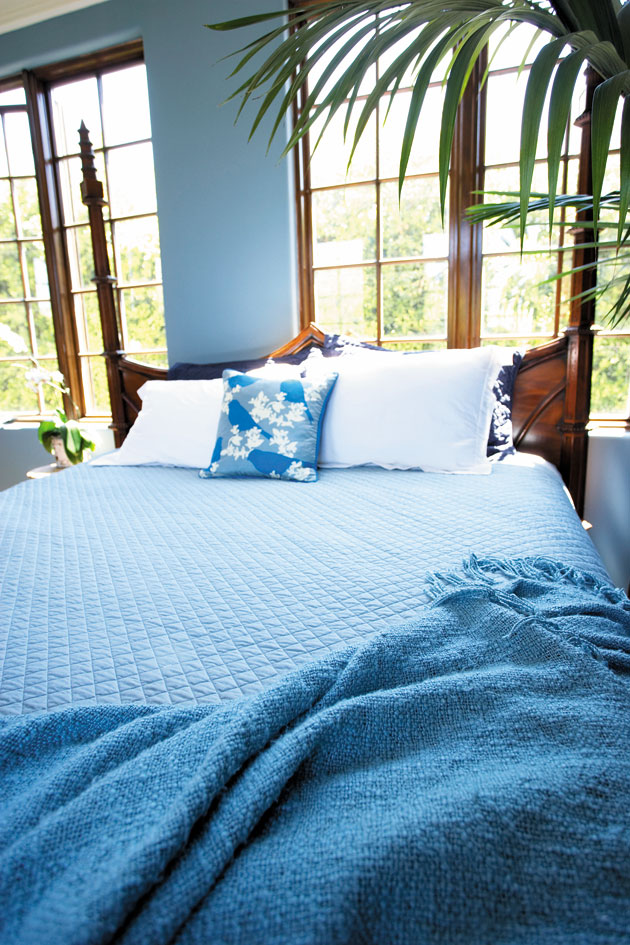Now is a good time to improve your home’s energy efficiency. Drafty windows and doors can dramatically increase cooling costs. That’s why it’s important to perform a walk-around to verify whether your windows are in working order or need replacing.
The typical American household spends $2,200 a year on energy bills with nearly half spent on heating and cooling costs, according to Energy Star. Updating your home with more energy-efficient window options like Pella’s 350 Series vinyl windows and patio doors can help protect your home from weather and save on costly repairs down the road.
“Completing an annual home walk-around is a great way to check for potential maintenance needs and home improvements,” said Kathy Krafka Harkema, spokesperson for Pella Windows and Doors. “Look for leaks, feel for drafts and replace or repair worn or broken items to help avoid more costly damage.”
How to inspect windows and doors
• Inspect interior and exterior finishes and the space around them. Is the paint or stain in good condition? Signs of flaking, peeling or water stains may mean it’s time to refinish or replace the window or door. • Check windowsills and door tracks for dirt and debris, like sand, leaves or insects that could hamper the operation and performance of windows and doors. Remove debris by gently sweeping out the area with a soft, dry brush and vacuuming. • Check weather stripping around windows and doors, reattaching or replacing loose or torn pieces. • Feel for uneven sliding and sticking when you open or close a window. Use a non-oily lubricant, like paraffin wax, on the opposing surfaces to help reduce sticking. • Replace broken or inoperable windows and doors with safer, more energy-efficient ones. Those that do not open and close easily could be a safety risk, especially in the event of a fire.

Signs it’s time to replace windows or doors
• Overall poor performance: Windows or doors are difficult to open or close and air leaks in, out or around them. • Fogging: Condensation or fogging occurs between panes of glass. • Chipping: There’s chipping, peeling or deterioration of the finish on or around the window or door. • Single-pane: Single-pane windows are less energy-efficient than doubleor triple-pane options. • Water logged: Telltale water stains remain on or around the wall or floor area surrounding window or door. • Out-of-date: Replacement parts for older windows or doors can be hard to find or non-existent. • Energy inefficient: Drafty, leaky windows and doors can make it more costly to cool it in the summer. • Draftiness: Drafts can be felt through the window or door when it’s closed. • Unable to open: Windows or doors are painted or nailed shut. • Won’t stay open: The window or door won’t open easily or won’t stay in place once opened.
To begin your window or door replacement project, visit Pella.com/news for more information on how to connect with a local Pella representative to talk about your replacement project plans.
This article is courtesy of Brandpoint.